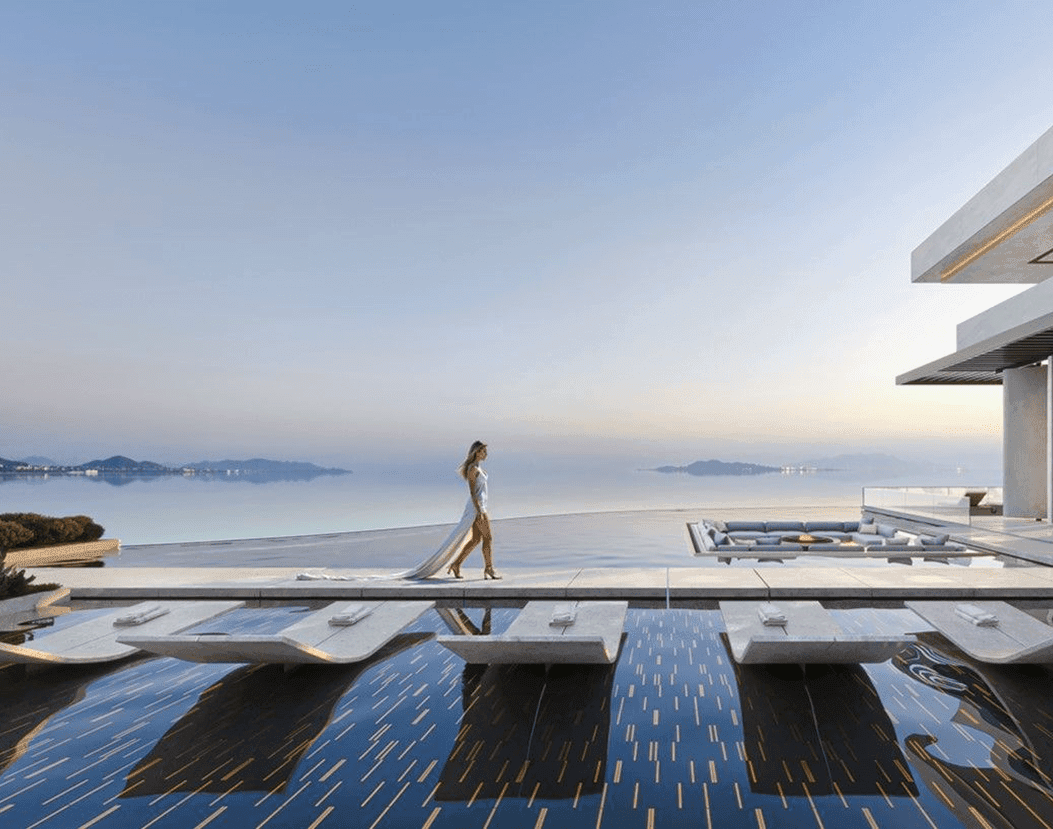/ Interior
~ 5 min
Published: 15/09/2025
Architectural firms working with objects costing over $10 million are faced with the need to balance modern technologies and the requirements of the local market, which remains committed to conservative values.
Cultural identity
Luxury interiors in GCC countries serve an aesthetic and social function. The principles of zoning, the use of materials and even engineering solutions are aimed at maintaining a balance between tradition and comfort.
The Mejlis is a space of hospitality. In Arab culture, the tradition of welcoming guests has a special status. Spacious halls designed for official meetings must meet high standards of comfort: take into account the separation of zones for men and women, have high-quality acoustics and the possibility of transformation for different use cases.
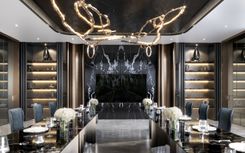
Dressing rooms for traditional clothes. In the GCC countries, national clothes are worn daily, which requires special design of dressing rooms with convenient access to traditional wardrobe elements, humidity control systems and built-in lighting.
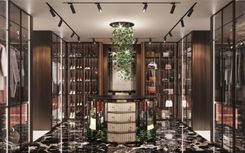
Separate spaces for men and women. Elite residences include not only separate entrances, but also individual living areas, which forms a complex spatial logic of the project.
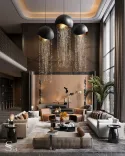
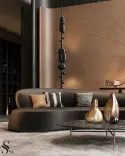
How does an architectural firm integrate the traditions and lifestyle of its customers into a project
The elite interior at GCC is the result of a deep study of the needs of the owner and the adaptation of the space to his lifestyle. The main tasks of the architectural bureau include:
Personalization of the space. Spatial solutions should take into account the lifestyle of the family, the needs for privacy, hospitality and religious rituals.
Preservation of traditional identity. The use of natural materials, elements of Islamic art (arabesques, calligraphy) and local craft technologies preserves the cultural code of the house.
Optimization of functionality. Architects work with transformable spaces, integrated engineering systems and high-tech solutions that are invisible at first glance, but critical for comfort.
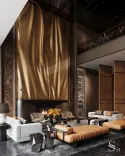
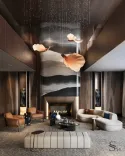
Statistics and market trends in the elite segment of GCC
The demand for luxury real estate. According to Knight Frank, 190 properties worth at least $10 million were sold in Dubai in the first half of 2024, and the total volume of transactions reached $3.2 billion.
Construction growth. Dubai authorities plan to complete 28,700 new villas by 2025, and the region will need an additional 37,600-87,700 homes by 2040.
Designing luxury interiors in GCC countries goes beyond design. This is a complex process where architecture and interior become a continuation of the owner's lifestyle, reflecting not only his individual preferences, but also the cultural, religious and social norms of the region. Modern technologies make it possible to integrate traditional elements into the digital ecosystem of the home, providing convenience, privacy and high liquidity of real estate on the market.







